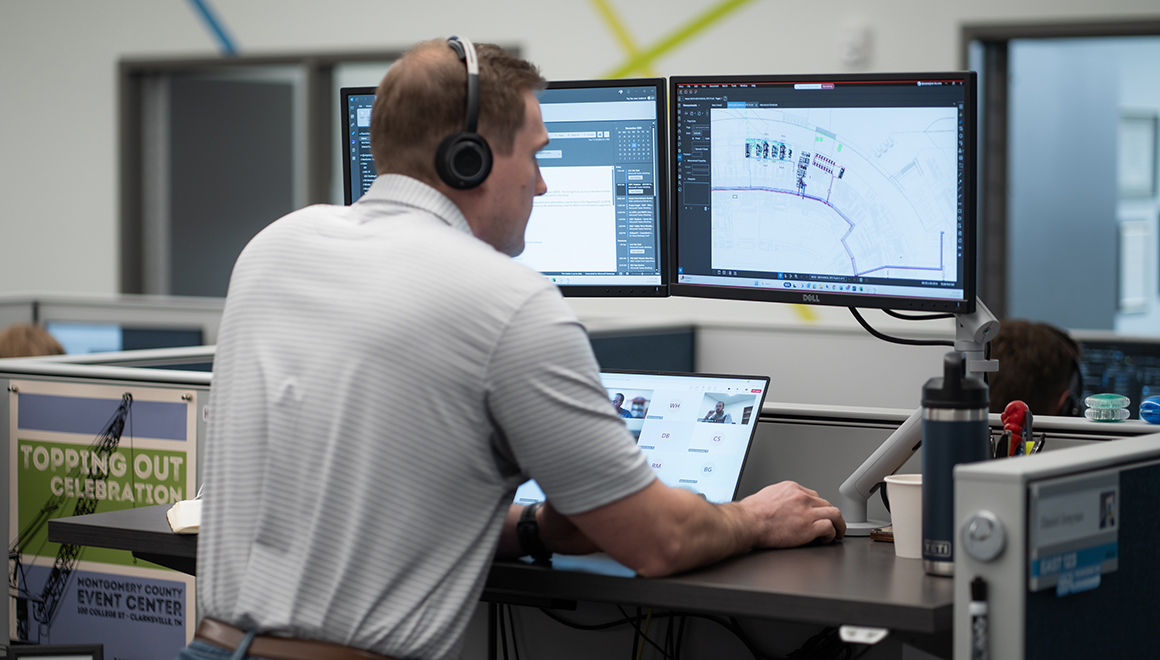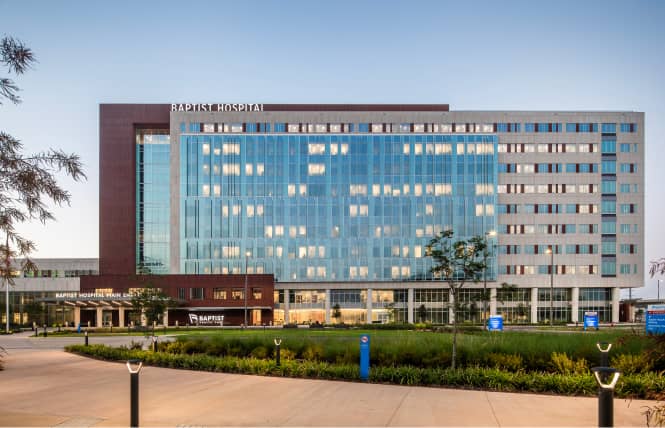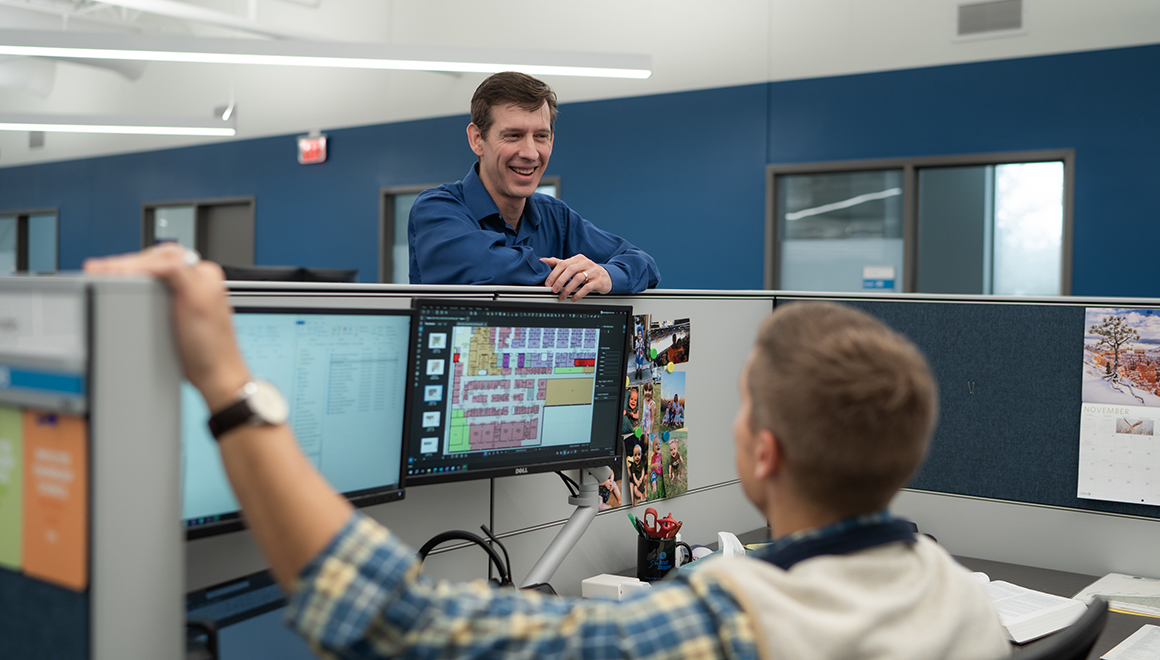SSR On Air: Drink the Water – SSR’s Involvement with AWWA

In this episode of SSR On Air, Mike sits down with Luke Williams and Serena Hostetter, two members of our civil team. Luke and Serena are both heavily involved in the Kentucky / Tennessee chapter of the American Water Works Association (AWWA). They discuss their passion for the organization, how they got involved, the growth and development they’ve received as active and engaged members, and the upcoming Water Professionals Conference.
Luke Williams, PE, is a Project Manger and civil engineer for our water reuse team. He has over 10 years of experience in the design, construction, and project management of civil engineering projects, specifically groundwater, surface water, and wastewater treatment facilities.
Serena Hostetter, EI, is a civil engineer in training. She has a variety of experience including water and wastewater treatment, wastewater collection, and water distribution. Since joining SSR in 2020, Serena has taken an active role in industry organizations, gaining valuable experiences and building relationships.
The AWWA is the largest organization of water supply professionals in the world. They offer educational resources to water professionals, advocate for safe and sustainable water, collect and share knowledge, and create volunteering opportunities for members.


